Cowra, New South Wales
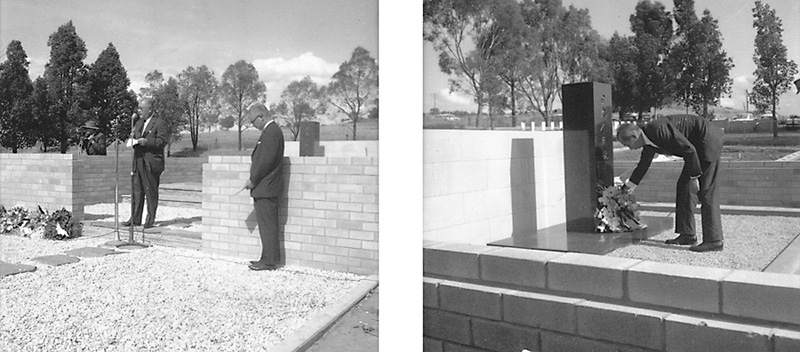
Image #7656-07 from The Pardey Collection - Cowra Family History Group
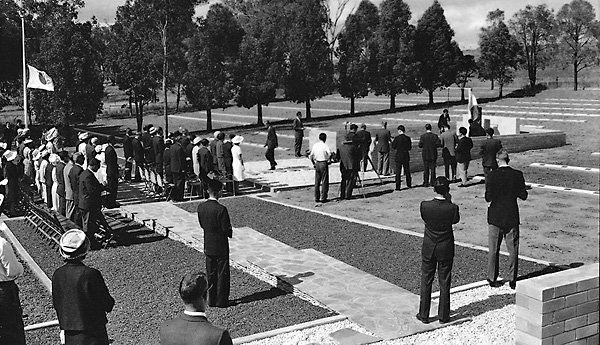
Image #7656-11 from The Pardey Collection - Cowra Family History Group
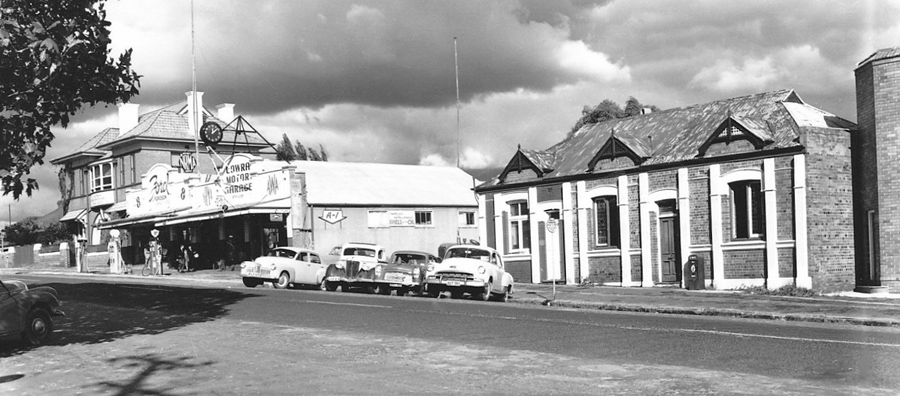
Image #2627-2 from The Pardey Collection - Cowra Family History Group

Image #2627-1 from The Pardey Collection - Cowra Family History Group
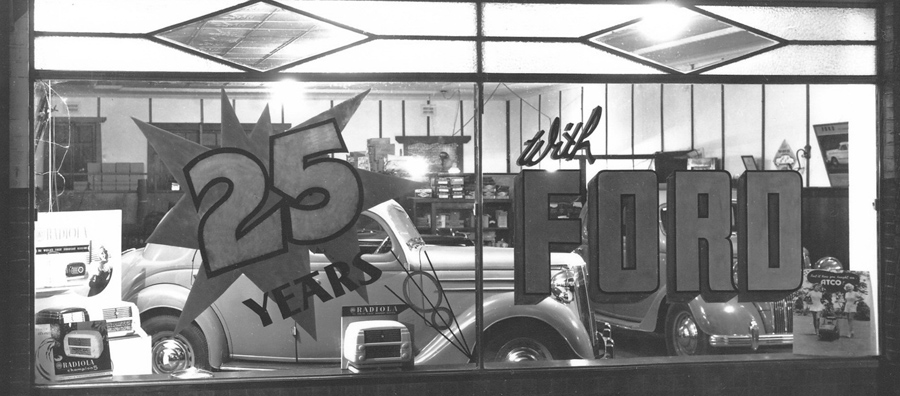
Image #8502 from The Pardey Collection - Cowra Family History Group
COWRA JAPANESE MILITARY CEMETERYDuring World War II, the prisoner of war camp near Cowra was the site of the Cowra Breakout, one of the largest prison escapes of the war. On August 5, 1944, a tip from an informer led authorities to plan a move of all the POWs to another camp. The night after the Japanese prisoners were notified that they would be moved, a breakout involving more than 500 people was executed. From the historian Gavin Long: "At about 2 a.m. a Japanese ran to the camp gates and shouted what seemed to be a warning to the sentries. Then a Japanese bugle sounded. A sentry fired a warning shot. More sentries fired as three mobs of prisoners, shouting 'Banzai,' began breaking through the wire, one mob on the northern side, one on the western and one on the southern. They flung themselves across the wire with the help of blankets. They were armed with knives, baseball bats, clubs studded with nails and hooks, wire stilettos and garotting cords." During the breakout, hundreds of Japanese were killed and another 108 prisoners wounded. Several Australian soldiers were also killed in the planned escape. Many of those who did escape committed suicide or were killed by their countrymen to avoid recapture. Everybody else was recaptured within ten days. Cowra Japanese Military Cemetery, consecrated in 1964, contains 523 Japanese graves, of soldiers killed between 1939 and 1945. They include 231 graves of prisoners of war killed during the breakout from Cowra Prisoner of War Camp on 5th August 1944, Japanese aircrew shot down in Northern Australia and Japanese civilian internees who died in Australia during the Second World War. 13 of these are unidentified Japanese airmen and 1 is an unidentified Japanese soldier. The Cowra Council maintains an online list of all the Japanese military personnel who died in Cowra either from the Cowra Breakout or other causes during their period of captivity in the area. The list also includes all of the Japanese personnel who died at other locations throughout Australia during World War II. Many of these additional names are of those who perished when their planes were shot down over northern Australia. - Extract compiled from Cowra Tourism and other sources. |
Descriptive article: Cowra Japanese Military Cemetery
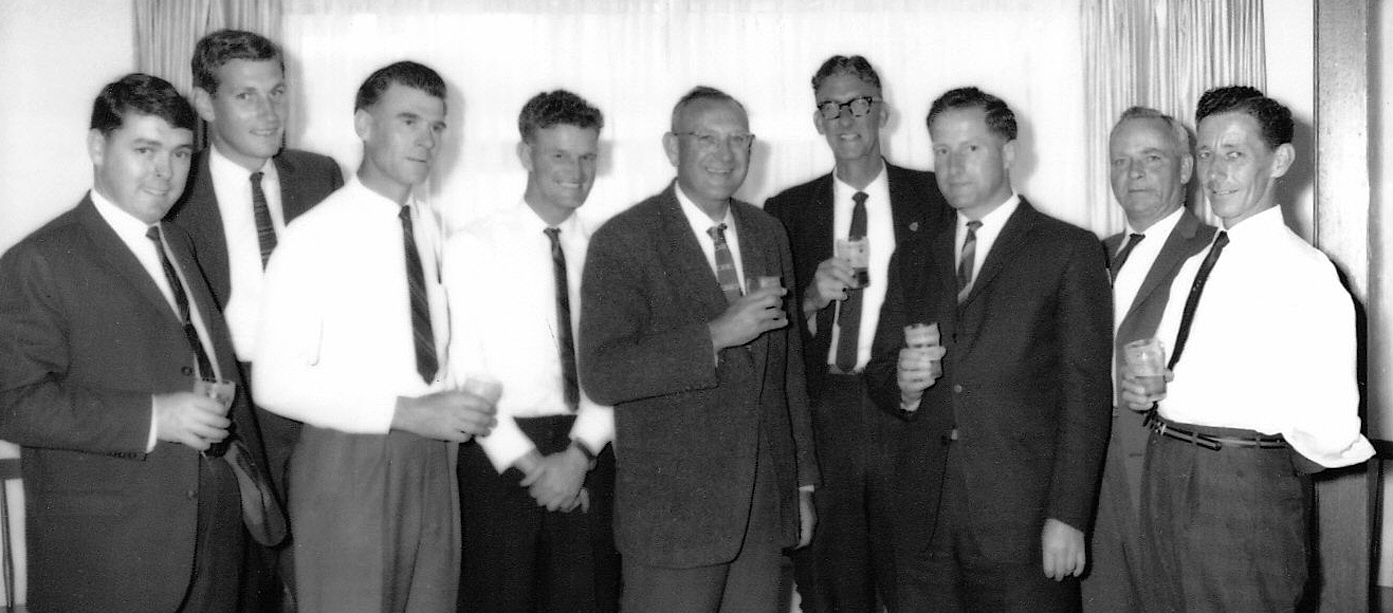
Comprising representatives of Cowra and Waugoola Councils and the Cemetery Trust
Image #7449 from The Pardey Collection - Cowra Family History Group
Left to Right: Unknown; Unknown; Ken Medaris; Norm Wade; Ray Rocavert;
Mr McPherson (Engineer); Ab Oliver; Bill Bryant and Ray Parks



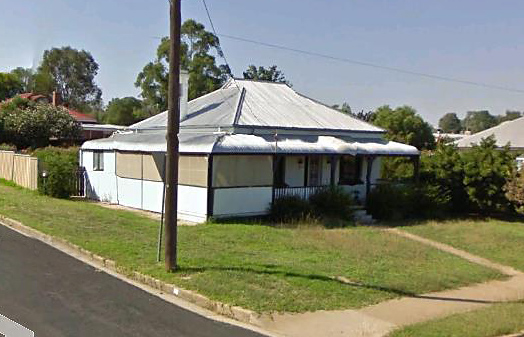
.jpg)
.jpg)
